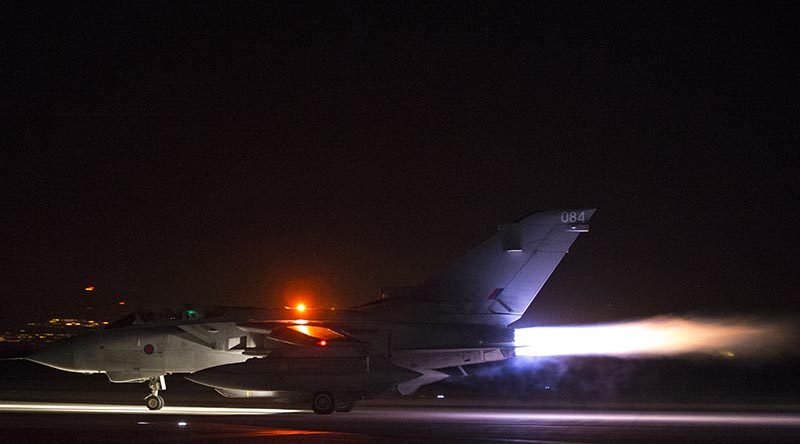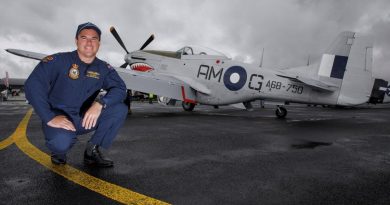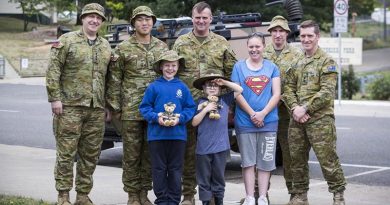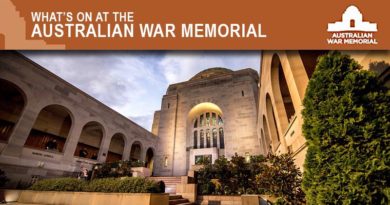Syria attacked by US, Britain and France

US, British and French air and naval forces have launched attacks against the Syrian government’s chemical weapon arsenal in retaliation for the use of such weapons on civilians, US Defense Secretary James Mattis said.
CAPTION: A Royal Air Force Tornado takes off from RAF Akrotiri, Cyprus, to conduct strikes on Syria. Four Tornados, from 31 Squadron – the Goldstars – were supported by Typhoons and a Voyager aircraft on the mission. Photo by Corporal L Matthews, Royal Air Force.
US President Donald Trump ordered the strikes in an effort to stop the Syrian regime from using chemical weapons again.
Secretary Mattis said stopping the atrocities was in the vital national interests of the United States.
The attack was launched about 0200zulu – noon Sydney time today.

Specific details of the attacks are trickling in.
The British Ministry of Defence gave the first and best description of their actions.
At 0200 UK time on 14 April, British forces joined close Allies in a precision strike on Syrian installations involved in the regime’s use of chemical weapons against its own people, the UK MoD statement said.
The UK element of the carefully coordinated joint action was contributed by four Royal Air Force Tornado GR4s, which launched Storm Shadow missiles at a military facility – a former missile base – some 15 miles west of Homs, where the regime is assessed to keep chemical weapon precursors.
Detailed analysis of the effectiveness of the strike is currently underway, but initial indications are that the precision of the Storm Shadow weapons and meticulous target planning have resulted in a successful attack.
A US Air Force Facebook post said two B-1B Lancers from Ellsworth AFB, South Dakota, deployed to Al Udeid Air Base, Qatar, on 13 April and employed 19 Joint Air to Surface Standoff Missile-Extended Range (JASSM-ER) during the attacks.
This marked the first combat employment of JASSM-ER.
A Pentagon spokesman said three American ships were – the USS Monterrey, Laboon and Higgins – as well as the submarine USS John Warner fired missiles.
In total the allies fired 105 weapons at their targets.
There were reports of Syrian anti-aircraft actions, however no allied aircraft or missiles were brought down.
US Secretary Mattis said the strikes were far harder than the ones last year, when the United States launched 58 missiles against the Shayrat air base following a chemical attack.
“Obviously, the Assad regime did not get the message last year,” Mattis said.
He emphasised that the strikes were directed against the Syrian regime, and the strike planners went to great lengths to avoid civilian and foreign casualties.
The first target was a scientific research center in the greater Damascus area, which was believed to have been a military facility for research, development, production and testing of chemical and biological agents.
The second target was a chemical-weapons storage facility west of Homs, assessed as the primary location of Syrian sarin and precursor production equipment.
The third target was believed to contain both a chemical-weapons storage facility and an important command post.
A joint statement from Australia’s Prime minister, Foreign Minister and Minister for Defence, said, “Australia supports these strikes, which demonstrate a calibrated, proportionate and targeted response. They send an unequivocal message to the Assad regime and its backers, Russia and Iran, that the use of chemical weapons will not be tolerated”.
“The use of chemical weapons by anyone, anywhere, under any circumstances is illegal and utterly reprehensible.
“The Assad regime must not be allowed to commit such crimes with impunity.”
.
.
.
.
.

.
.





